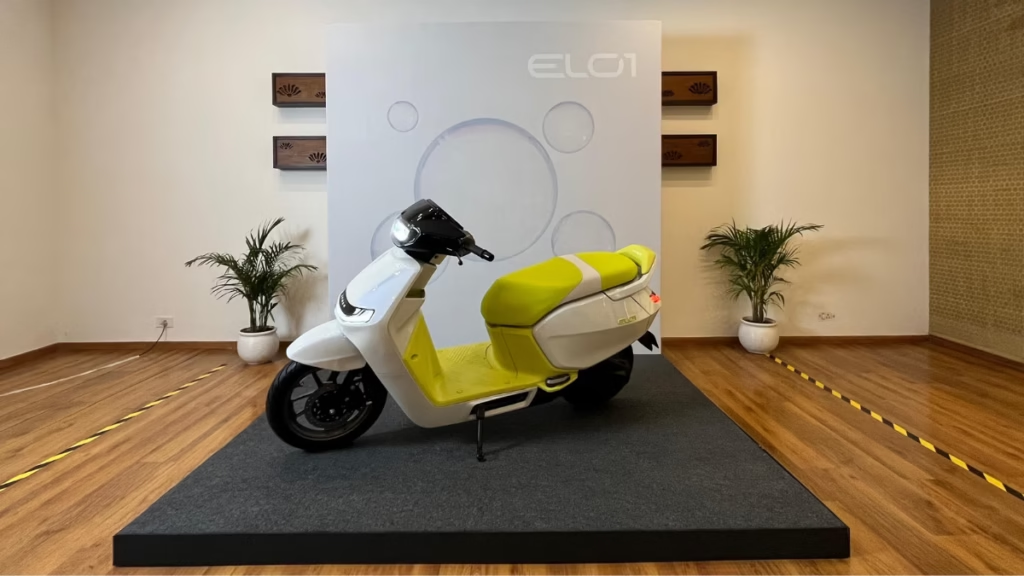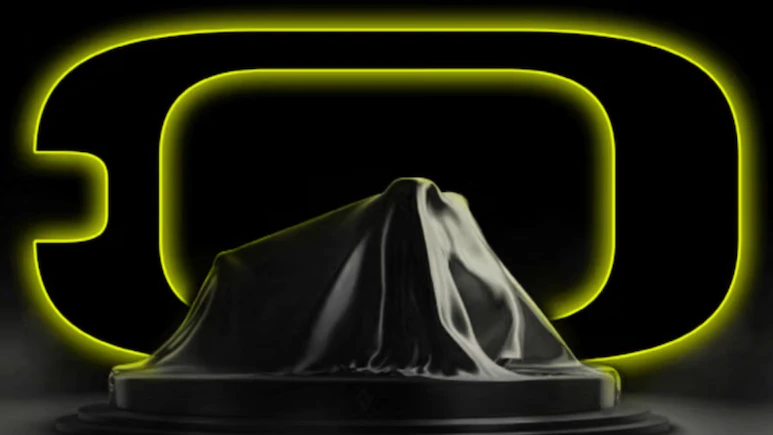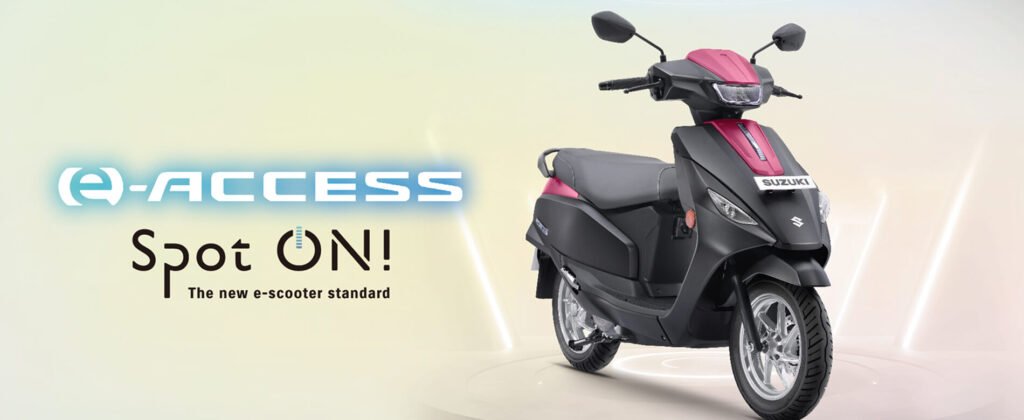As India’s electrification megatrend accelerates, the electric vehicle (EV) market is evolving rapidly, giving rise to new segments and subsegments that mirror shifting consumer demands and preferences. From sporty youth-oriented scooters to practical family vehicles, the two-wheeler space is diversifying to cater to a broader audience. In this dynamic landscape, Aether Energy, a pioneering Indian EV manufacturer, has introduced its latest innovation: the ‘E’ platform. Designed to overcome the limitations of its predecessor and fuel the company’s next growth phase, this platform emphasizes versatility, manufacturability, and cost-efficiency.
To delve deeper into the strategy behind the ‘E’ platform and Aether’s broader vision, we spoke with Swapnil Jain, Co-Founder and CTO of Aether Energy. In an exclusive interview, Jain shared insights on the platform’s development, its technical innovations, and how it positions the company for both domestic and international expansion.
Aether Energy’s journey began nearly a decade ago with the development of its 450 platform in 2015—one of the first ground-up lithium-ion battery-powered EVs built in India. “We were a bunch of 20-year-olds building a vehicle for ourselves,” Jain recalled. The 450 was unapologetically sporty, targeted at the youth market, and embodied the thrill of electric riding. However, as the company scaled and consumer needs broadened, limitations emerged. Adapting the 450 for family-oriented products proved challenging, highlighting constraints in design, serviceability, and scalability.
Over the past ten years, Aether has gathered invaluable learnings on customer preferences, supply chain dynamics, manufacturing efficiencies, and cost optimization. These insights paved the way for a complete platform redesign. “The ‘E’ platform addresses the shortcomings of the previous architecture while embracing versatility as its core feature,” Jain explained. Unlike the 450, which was tailored for a single product type, the ‘E’ is engineered to support a wide array of vehicles—from sporty scooters and maxi-style commuters to practical family models and potentially even novel variants.
The development process was meticulous, focusing on longevity and adaptability. Platforms like this are typically designed to last 5-7 years, and Aether aims to achieve just that. The first product on the ‘E’ platform is slated for launch during the 2026 festive season, marking a significant milestone. Jain emphasized that while market conditions will influence the cadence, Aether’s track record with the Rrista scooter—launched in about 18 months on the existing platform—suggests even faster iterations are possible. “With the ‘E’s’ built-in versatility, we could shorten that timeline once we decide on a new model,” he noted.
One of the most notable shifts in the ‘E’ platform is the switch from the aluminum frame of the 450 to a steel frame. This decision underscores Aether’s philosophy of intentional trade-offs in product design. “A good product always involves the right trade-offs,” Jain stated. Aluminum offers superior strength-to-weight ratios, ideal for high-performance, sporty vehicles like the 450, which was engineered to “excite like a sporty vehicle.” However, for the ‘E’ platform, the focus is on practicality, cost-efficiency, and mass-market appeal.
Steel provides advantages in manufacturability, serviceability, and affordability—key for penetrating tier-2 and tier-3 cities where the bulk of India’s two-wheeler demand resides. “The customer for this platform won’t appreciate the premium of an aluminum frame, and it would drive up costs unnecessarily,” Jain added. Instead, Aether prioritized features that align with everyday usability, ensuring the platform remains “sharp” without compromising on essentials.
Versatility extends to the powertrain as well. The ‘E’ platform supports battery packs ranging from 2 kW to 5 kW, accommodating various chemistries like LFP (lithium iron phosphate) and NMC (nickel manganese cobalt). This flexibility required sophisticated engineering to maintain performance and balance across configurations. “The challenge was optimizing the architecture so it supports everything from low-end to high-end packs without issues,” Jain said. By addressing these elements early in development, Aether has created a scalable foundation that can evolve with market demands.
A standout innovation in the ‘E’ platform is the integration of the onboard charger and motor controller into a single unit—a feature that positions Aether as a leader in the segment. Traditional EVs often house these components separately, leading to added weight, higher costs, and cluttered packaging. Aether’s first-generation vehicles followed this approach, but the team quickly identified its drawbacks.”We always believed onboard charging enhances the customer experience by eliminating the need to carry a bulky charger in the boot, freeing up space,” Jain explained. The integration leverages the fact that charging and riding are mutually exclusive activities, with about 40% material overlap between the components. This consolidation not only saves space and reduces weight but also simplifies wiring for a seamless charging process.
The development was challenging but rewarding. “It gives flexibility in packaging and delivers a superior user experience,” Jain noted. By making this a standard feature, Aether is setting a new benchmark for efficiency in Indian EVs, potentially influencing industry standards.
Aether Energy has long positioned itself at the forefront of quality, cost, and technology in the global EV landscape. The ‘E’ platform amplifies these strengths, with versatility baked in for international markets. “Serving global customers was a key design consideration,” Jain affirmed. While the company already exports to neighboring countries, the platform enables a more focused push into larger international arenas. “Every Indian EV OEM is in a great place to compete globally—it’s about ambition and execution,” he added.
However, the industry faces headwinds, particularly supply chain disruptions from China’s dominance in rare earth magnets. Aether has insulated itself through proactive strategies like dual sourcing for critical components and vertical integration. “We didn’t face significant production losses; dual sourcing provided the buffer,” Jain revealed. The company swiftly transitioned to rare-earth-free magnets without compromising performance, demonstrating agility.
Looking ahead, Aether is accelerating R&D into alternatives, such as permanent magnet-assisted motors that reduce rare earth dependency. “We’re exploring technologies that maintain or even improve product quality,” Jain said, cautioning that Aether avoids premature promises. “We’ve never been an OEM that overpromises on proofs-of-concept.” This measured approach, combined with ongoing patent filings—dozens related to the ‘E’ platform—and a robust R&D team of about 800 engineers, underscores Aether’s evolution into a full-fledged OEM.



